A client portal software allows a company to interact with clients in a branded secure web portal & mobile app to easily interact in real-time. These real-time interactions are dependent on two key foundation components: Members & Permissions.
In most client portals, members are provided access to certain areas called groups, rooms, workspace, etc. Many portals allow for members to have roles to determine their access rights to the one or many groups they are assigned. And, within such groups, the member will likely have an additional level of security in the form of permissions to have access to particular content such as folders and files.
Our Clinked clients often ask us to review how best to apply member capabilities and content permissions. As a flexible system, Clinked provides endless possibilities for how to set up members capabilities across various groups as well as advanced permissions to folders that can be carried down to subfolders and files or be separated. Clinked has been designed for our clients to use per their design.
When we launched our Clinked 101 sessions, we kicked off the series by visiting these important topics with our clients to expand their knowledge of the possibilities that exist within Clinked.
We’re here to revisit what you can do with a cutting edge client portal with just these two components. Enjoy!
Let’s start with a story
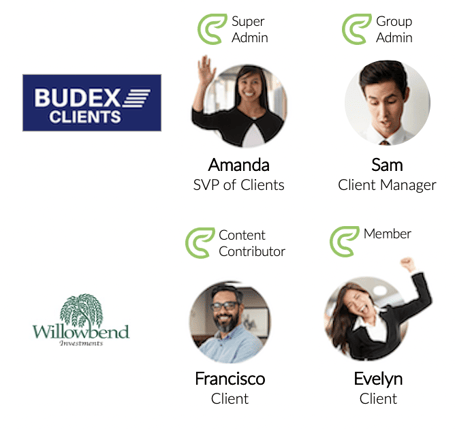
Budex is a consulting company that uses Clinked to work better with their clients. Amanda oversees all client activities and therefore has taken in the role of Super Administrator across their Clinked account. Her colleague, Sam is a Client Manager working across various client accounts and has designated Sam as a Group Administrator for those clients.
One of his clients is Willowbend Investments where he works with both Francisco and Evelyn. Francisco will be taking a more hands-on approach across the Willowbend Investments team along with Sam and has asked to be able to contribute in content management across their group. Whereas the rest of the team, including Evelyn, will collaborate with Budex as Group Members.
Let's explore their roles & capabilities in the group:
Group Administrator - Sam
Sam has been chosen as the Group Admin for Willowbend Investments by Amanda, who is Budex’s Super Admin, as part of company practice for lead client manager to manage their client groups. As a Group Admin, Sam works with his client’s team to understand who will need access to their group and what their roles will be. Sam sets up the group (branding, settings, files, notes, discussions, events, etc) then sets up the appropriate members by inviting them to join the group and assigns members roles in the group’s members section. After this, he collaborates with the Willowbend Investments team directly in their group and can change the Group settings or content as needed.
Group Contributor - Francisco
Francisco will be taking a more hands-on approach across the Willowbend Investments team along with Sam. As such, he has asked for the rights to contribute in the content management across the group. As a Content Contributor he is able to create, edit and delete content, including files, folders, notes, discussions, tasks and calendar content, the same as the Group Administrator. He will be the “super user” within the client team to partner with Sam on the content.
Group Member - Evelyn
Evelyn is a read-only member of the group. She will be allowed to see content as setup by the Group Admin and Francisco. Their team has decided to use all the full group functionality, therefore she will be able to view the members section, annotate documents, add comments to files, notes, tasks and events, and participate in chat on the web portal and mobile app.
Members
As shown above, our story explains how 4 “types” of members can be setup. When designing your use of a client portal, keep in mind you’ll want to be able to set up access types based on your planned use.
We recommend you thinking about setting up the following for your account and to run groups:
Account Administrator (“Super Admin”)
Account Administrator can control and adjust the account settings. Account Administrator can invite members and assign members types. They have the rights to control components in the account and groups across the entire account.
Group Administrator (“Group Admin”)
Group Administrator can control the settings of their assigned group(s). They can create content and assign permissions to files and folders for other members to access. They can invite people to be members of their group(s) as well as assign and manage member types for the group.
Group Content Contributor (“Can Contribute”)
These members can create content and assign permissions to files and folders for other members to access. They can invite people to be members of their group(s) and assign and manage a member’s type for the group.
Group Member (“Read Only”)
These members have read-only access to the group. They cannot create content. However, they can participate in the functionality defined by the Group Administrator of the group.
In Clinked, members can be part of multiple groups and will have different access rights or member "types" as setup by the Group Administrator. This means members, whether internal colleagues or external parties, can work better together all in the same environment while Group Administrators manage what they have access to depending on their role.
If you are using a client portal or looking to, look into how members can be set up and design your goal for the use. Think about how you’d like to architect the secure platform to work best with your clients or team members - to ensure ease of use and make it as intuitive as possible for the end-user (not always the same for the account admin!)
Permissions
Content in a client portal can also have access rights applied to them. This can be done at the folder, subfolder or file level and be dependent on the member types mentioned above. Within Clinked, we use permissions of content as a way to structure who sees what within the groups they are members of.
Let’s revisit our story to illustrate this:
Sam (“Group Administrator”) & Francisco (“Group Contributor”) are working together to decide how Francisco’s teammates are going to access content in the files tool of Clinked. They have decided that most will have read-only access to the majority of content, however the executive team would like a subfolder in Fund I only they can have access to. Let’s see what that would mean.
When they revisit the permissions of the Fund I folder (see padlock icon below), they see that all Group members are able to “view” the content per in the folder’s permissions window. The executive team would like their folder in here as it’s for that fund. As such, the subfolder when created would by design adopt the below permissions. However, this can be changed at the folder level by selecting it to be shared with nobody & adding the appropriate group members instead of the new subfolder.
 The executive team would then be the only group members able to view the folder and the content included in the folder. Pretty neat right?
The executive team would then be the only group members able to view the folder and the content included in the folder. Pretty neat right?
This type of functionality will allow your team to set up how groups within a client portal can be used with clients. It’s important to have a flexible tool, such as Clinked, to achieve the needs of your clients or partners. Design with purpose and test with team members to ensure the utmost security is set across your platform.
Think a client portal could be right for your organisation?
We hope this helps you evaluate how a portal can be set up based on your needs. Clinked has been set up to be a flexible tool that can adjust to your needs - it can be set up in under 3 mins to get testing.
To discuss how you may use a client portal, give us a call. We’re happy to arrange a 10 minute demo to discuss your questions and show how to use Clinked. Promise you won’t be disappointed!


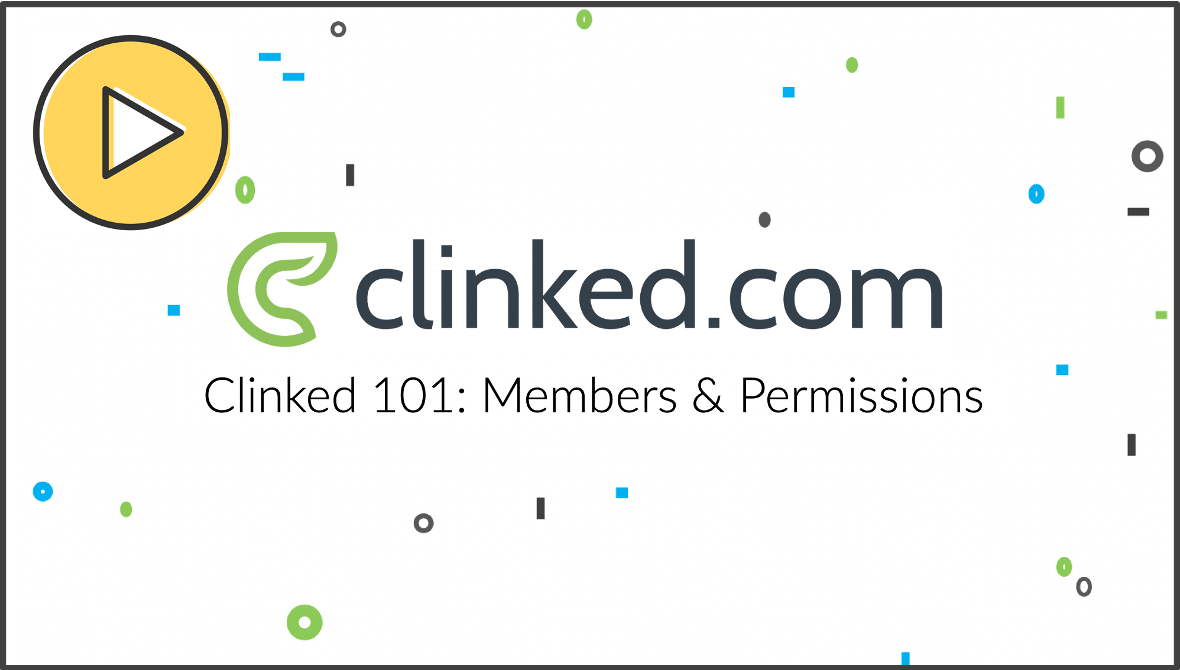
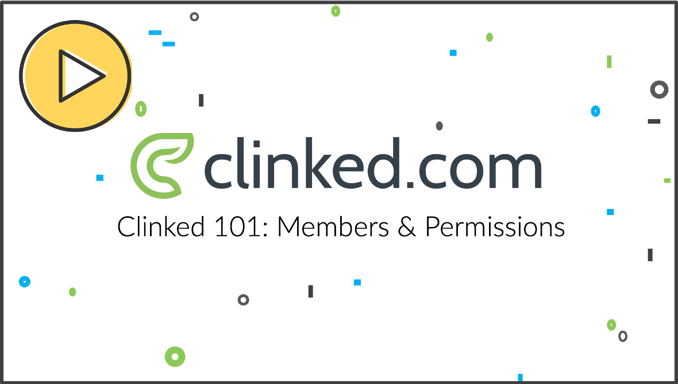

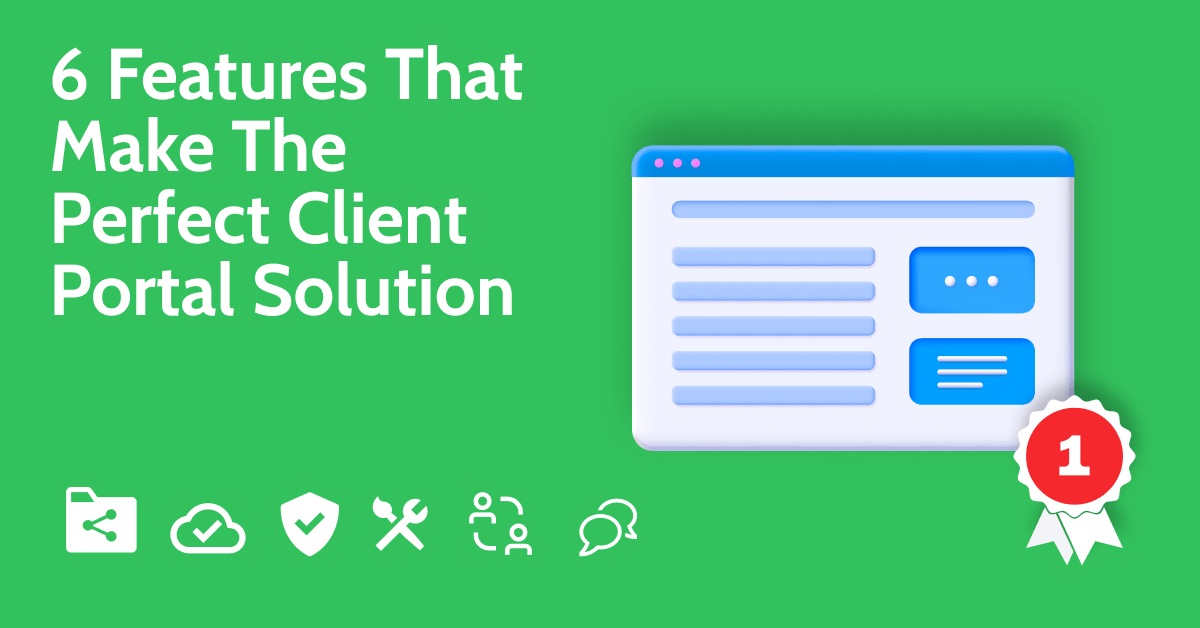


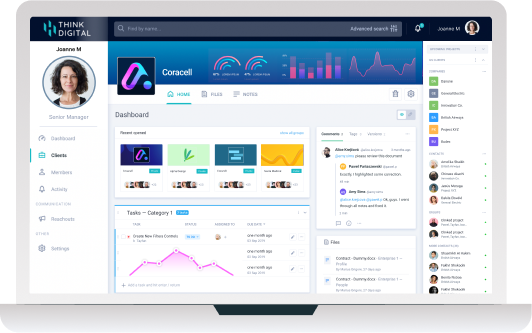

Let Us Know What You Thought about this Post.
Put your Comment Below.